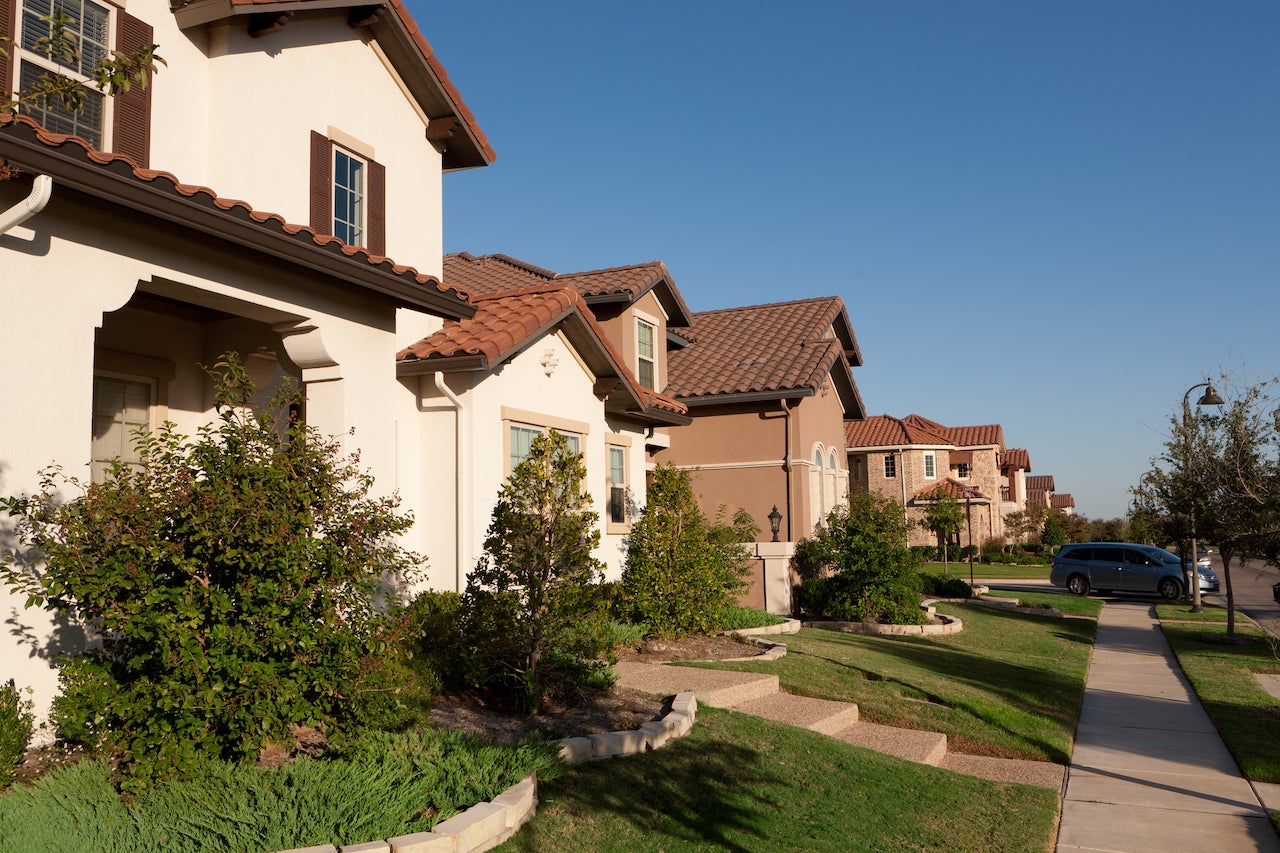What’s the lifespan of a house?
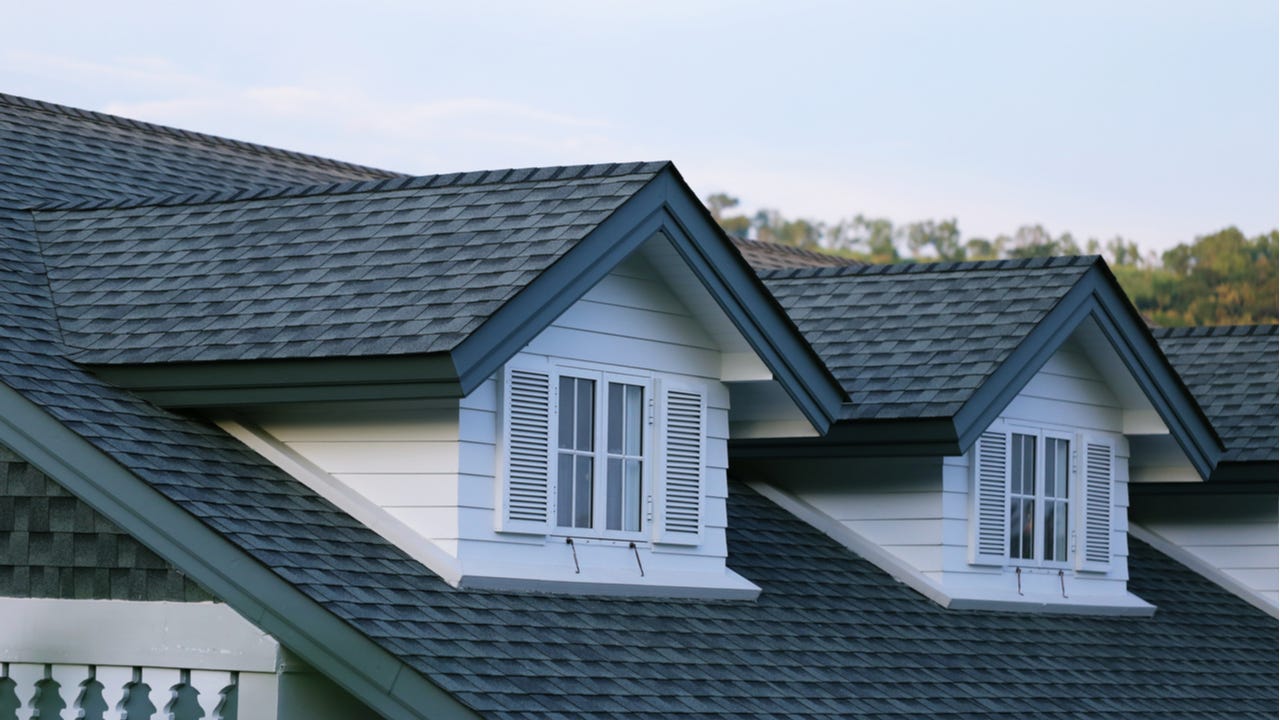
You can count on a well-constructed house to last a lifetime — maybe even a century or longer. Some of the components that make up a house, however, tend to have shorter lifespans, and need repair or replacement to endure the test of time.
While buying a newly constructed home can help delay the need for repairs or replacements, it’s not always possible, especially with the current acute shortage of new-home inventory. Some 61 percent of homebuyers in 2021 purchased homes at least 20 years old, with 20 percent of them purchasing homes over 60 years old, according to data from the National Association of Realtors.
Here’s what the average lifespan of a home’s features looks like.
How long do houses last?
Many of the materials used to build a home will likely outlast the current owner. The most resilient, according to findings from the International Association of Certified Home Inspectors (InterNACHI), include:
- Natural stone, tile or wood countertops
- All-wood floors
- Masonry (e.g., brick fireplace or pavers)
- Copper-plated wiring
- Fiberglass, steel or wood exterior doors
These generally hold up for more than 100 years, so depending on the age of your home when you bought it, you may not ever have to address them in your time as the owner of the property.
Other durables include a concrete foundation, exterior siding, insulation (cellulose, fiberglass or foam) and custom millwork.
Aside from these long-lasting components, here’s what you can expect for other features and systems:
HVAC system
| HVAC system | Time |
|---|---|
| Source: International Association of Certified Home Inspectors | |
| Central air conditioning | 7-15 years |
| Furnace and gas fireplaces | 15-25 years |
| Boiler and electric radiant heater | 40 years |
| Ducting | 60-100 years |
| Chimney cap (concrete) | 100+ years |
Plumbing system
| Plumbing system | Time |
|---|---|
| Source: International Association of Certified Home Inspectors | |
| Kitchen sink (enameled steel) | 5-10+ years |
| Water heater (conventional) | 6-12 years |
| Bathtub/shower (fiberglass) | 20 years |
| Kitchen sink (acrylic) | 50 years |
| Waste pipes (cast iron) | 50-60 years |
| Waste pipes (ABS or PVC) | 50-80 years |
| Bathtub (cast iron) and toilet | 100 years |
| Waste pipes (concrete) | 100+ years |
Appliances and fixtures
| Appliance | Time |
|---|---|
| Source: International Association of Certified Home Inspectors | |
| Air conditioner (window) | 5-7 years |
| Washing machine | 5-15 years |
| Trash compactor | 6 years |
| Dishwasher and microwave | 9 years |
| Refrigerator | 9-13 years |
| Dryer | 13 years |
| Freezer | 10-20 years |
| Whole-house vacuum system | 20 years |
Exterior features
Your home’s roof, vinyl siding and windows can last a considerable period of time, but if they’re in need of replacement, it can get pricey.
| Feature | Time | Replacement cost |
|---|---|---|
| Sources: International Association of Certified Home Inspectors, Remodeling magazine | ||
| Roof | 20-40 years* | $31,535 (asphalt) – $51,436 (metal) to replace |
| Vinyl siding | 60 years | $15,708 to replace |
| Windows | 20-40 years* | $20,482 (vinyl) – $24,388 (wood) to replace |
While it’s impossible to predict how long a house will stand, over one-third of the nearly 140 million houses in the U.S. were built before 1970 and are now more than 50 years old, according to Census estimates. So, if you aren’t buying brand-new, age is important to consider: An older home typically has more maintenance demands, and you may need to replace worn-out components sooner than you expect.
Many home repairs become necessary during those middle years when a house is no longer brand-new. For example, a wood deck lasts 10 to 30 years depending on climate and weather, according to the InterNACHI report, while exterior and interior paint lasts closer to 10.
You can try to anticipate the remaining useful life of a home’s components, but it’s not always easy to get this information from the seller, since they may have forgotten when they made certain repairs or upgrades. Receipts and user manuals can be helpful resources if the seller has good records. For appliances, you can look directly on the machine for a name plate displaying the manufacture date or the model or serial number, which you can use to look up when the appliance was made.
Even if a home’s components have some years left, though, they may not be to your liking. You may want to trade outdated finishes for something more modern, for instance. You might also want to upgrade appliances to newer, more energy-efficient models that are less costly to operate – but, sometimes, newer products don’t have as long of a lifespan as older ones, so that’s important to factor in, as well.
Bottom line
While the above averages can give you an idea of how long your home and its features will last, they don’t account for things like weather, overuse, abuse or neglect — all of which can speed up deterioration. As you look for a home, keep this in mind when you compare the age of the house to what projects you may need to do if you were to become the next owner.
You may also like
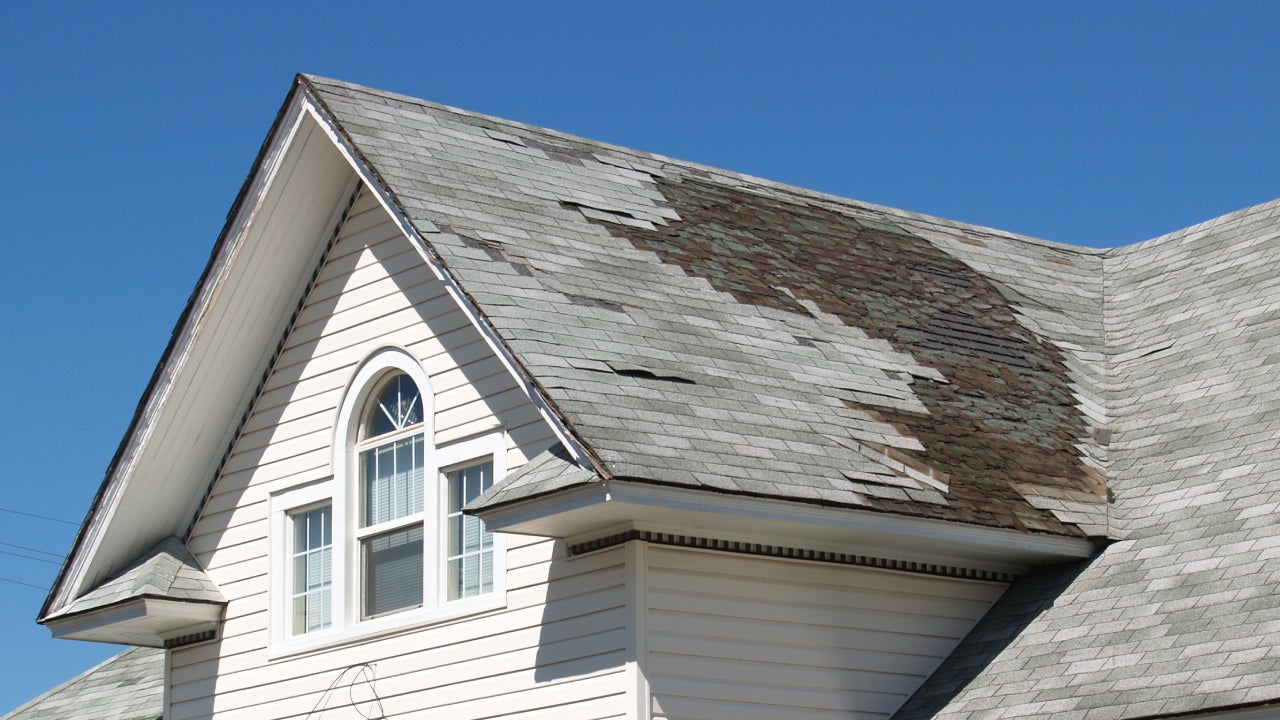
What is replacement cost coverage in home insurance?
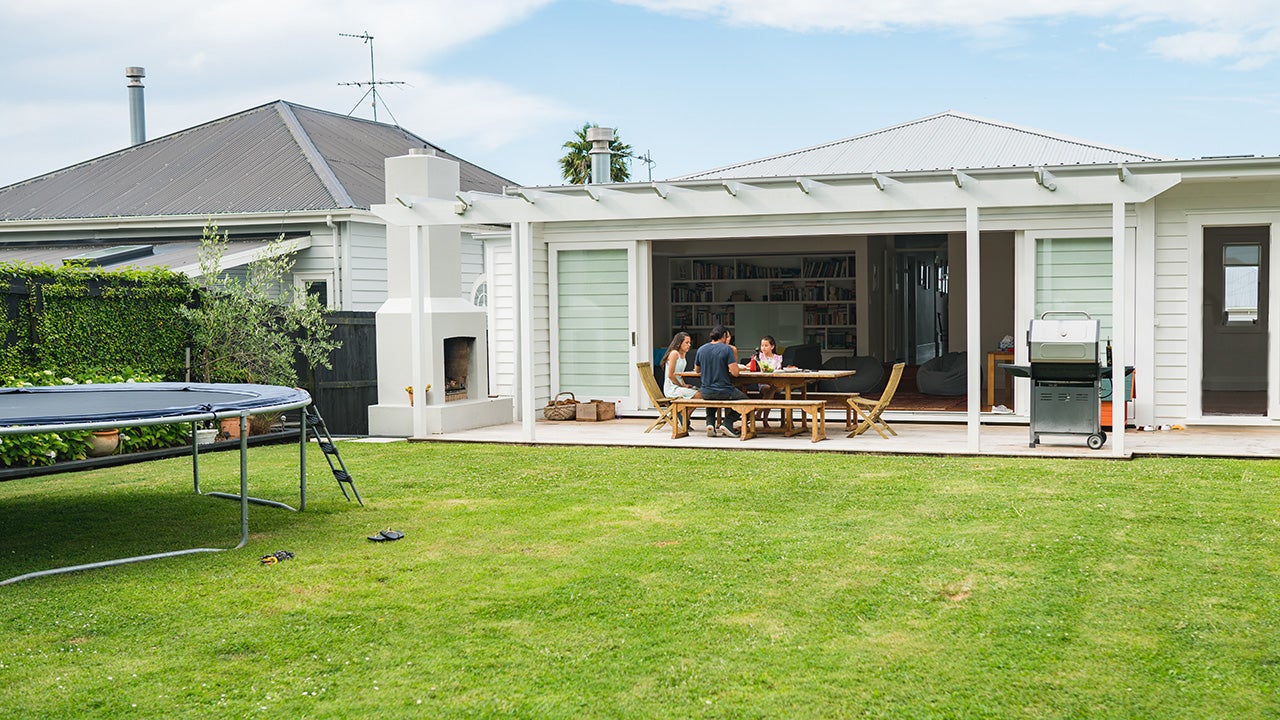
Factors that impact your cost of homeowners insurance
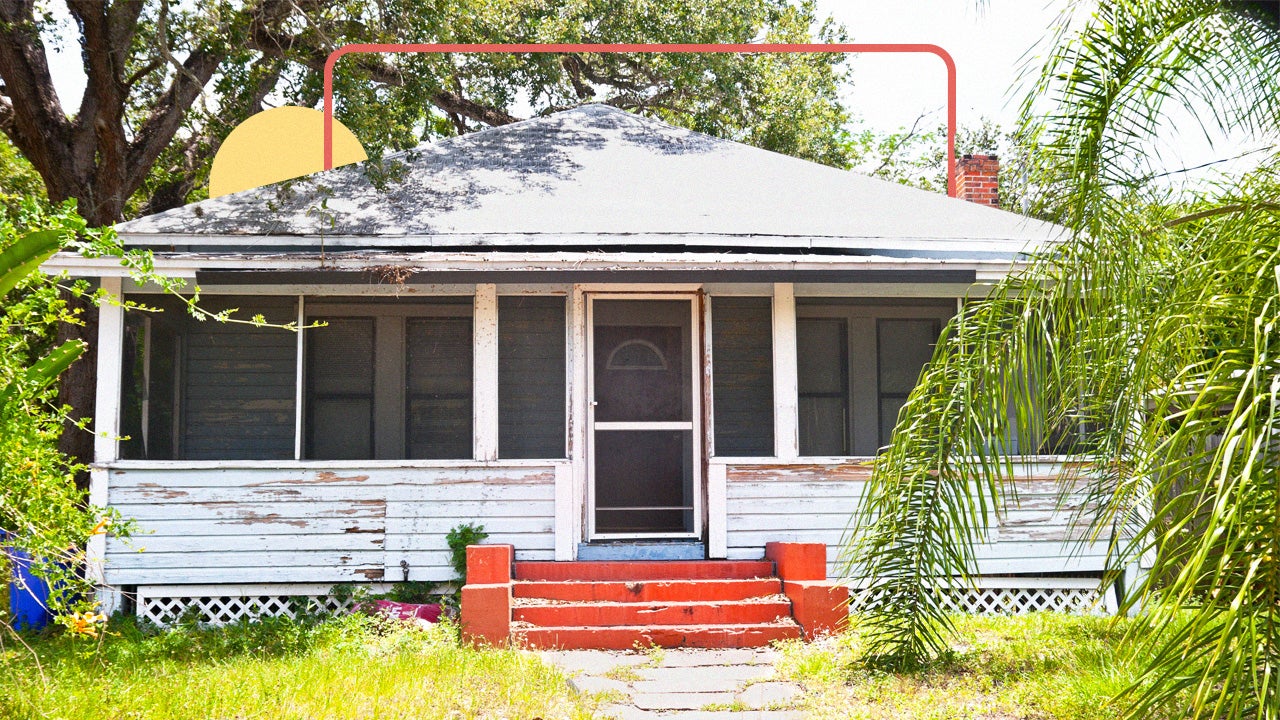
Best high-risk homeowners insurance companies



